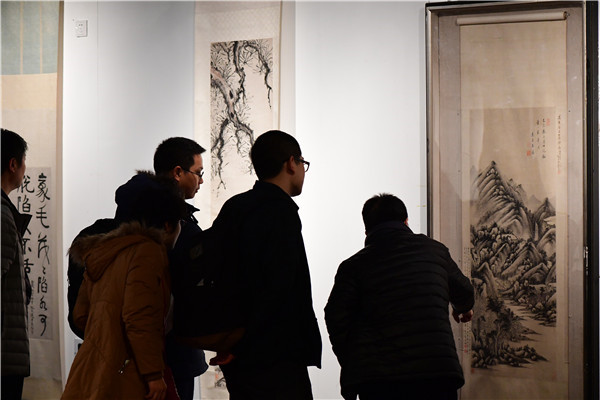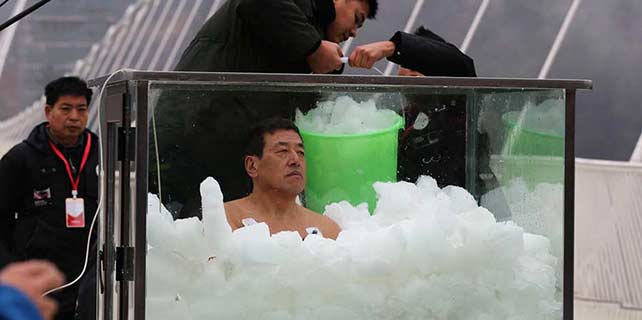Preserving the past for posterity
Typically, mounting a painting takes months using old techniques. Some basic principles are followed: Minimal contact with the cultural relics to maintain their original appearances, and repair of the treasures with materials that can be replaced in case of errors.
Describing Chinese artifacts, Joanna Kosek, head of the pictorial art conservation department at the British Museum, tells China Daily at the forum: "Chinese paintings and calligraphy are more like 3-D objects. The scroll format gives them protection. But, when you roll and fold them, damage becomes inevitable.
"So, you have to learn techniques for mounting and lining (Chinese works), and they are different from commonly used materials (in the West)."
Kosek says that the number of conservationists who can handle ancient Chinese paintings in Europe is small compared with the expertise available for Western art. Of the roughly 1,500 ancient Chinese paintings and calligraphy pieces housed in the British Museum, "hundreds" need to be restored, she says.
Some attempts are being made to remedy this situation.
In recent years, the museum has been working on specific projects with its counterparts in China like the Palace Museum in Beijing and the Shanghai Museum.
Also, Qiu has so far trained five full-time conservators for ancient Chinese paintings.
"You cannot teach quickly," Kosek says. "It may be difficult to see the results even after a decade, but the number of conservators (of Chinese paintings) will slowly grow in Europe."










